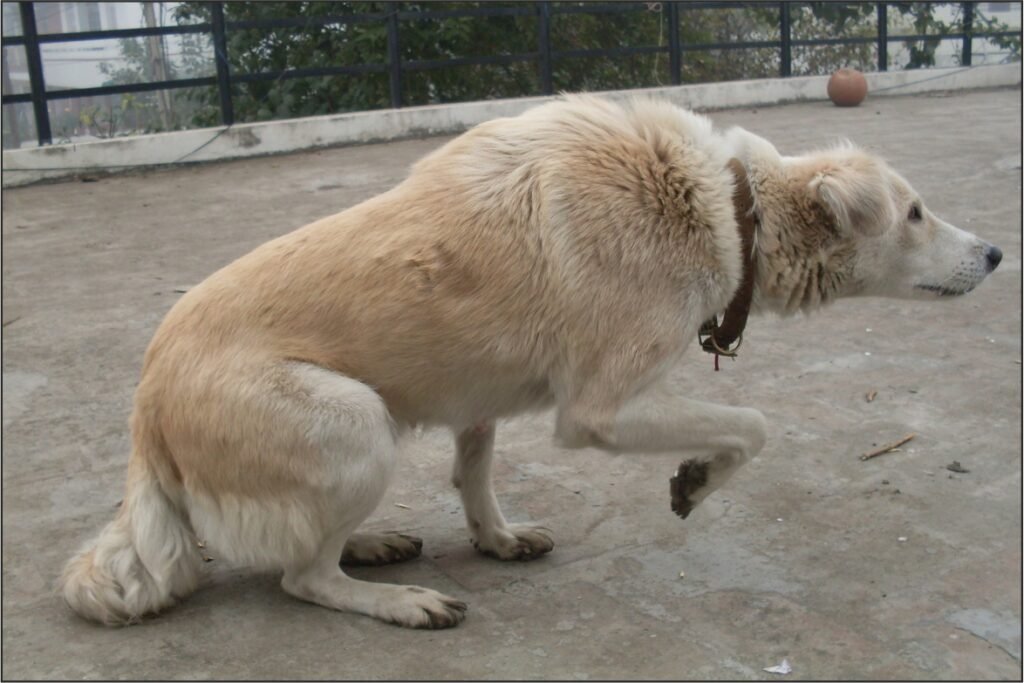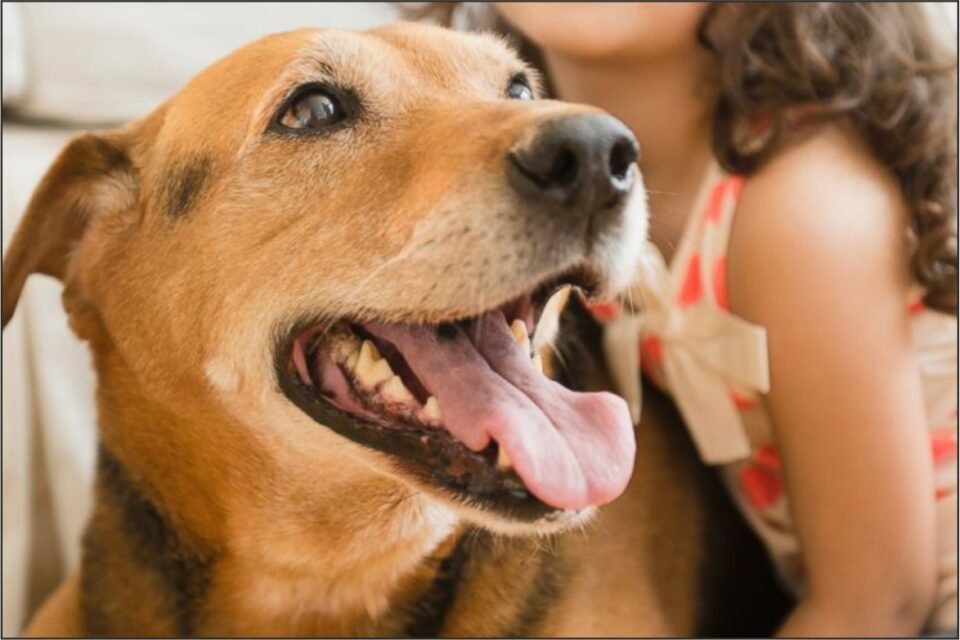Dogs have been our loyal companions for thousands of years, but despite the deep bond we share, their true personalities and inner workings often remain a mystery. While they’re commonly seen as playful, affectionate, and devoted, how well do we really understand what’s going on beneath the surface? If you’ve ever found yourself wondering what your dog is trying to communicate, you’re not alone. The secret life of dogs involves an unbreakable bond they form with their humans.
Dogs are complex beings with their own unique ways of expressing emotions, needs, and desires. Decoding their body language and behavior can be both a fascinating and rewarding experience. In this blog, we’ll dive into the hidden world of dogs, shedding light on how they communicate. What do their actions truly mean, and how can you strengthen the bond with your four-legged friend by better understanding their language?
Whether it’s a wagging tail or a raised paw, every gesture counts—let’s start to uncover what your dog is really trying to say.
The Hidden World of Dogs: Understanding Their Silent Communication
Unlike humans, dogs don’t rely on words to convey their thoughts and emotions. Instead, they communicate through a fascinating mix of body language, vocalizations, and even scents. While dogs are incredibly skilled at picking up on our moods and actions, we often overlook the subtle signals they send in return.
To truly understand what’s happening in a dog’s mind, we need to pay close attention to how they express themselves without words. The secret life of dogs teaches us about unconditional love and true companionship.
Dogs have a remarkable ability to convey complex emotions such as excitement, fear, aggression, and joy through their body language.
From the way their tails wag to the position of their ears, their eyes, and overall posture, each movement tells us something important about their feelings. By tuning into these signals, we can build a stronger connection with our furry friends, improve our understanding of their needs, and create a more harmonious relationship.
The more we observe and respond to their nonverbal cues, the better equipped we are to support their well-being and strengthen our bond with them.
Decoding Your Dog’s Body Language: What They’re Really Trying to Tell You
One of the most fascinating aspects of understanding our dogs is learning to interpret their body language. Dogs don’t have words to express their emotions, but they communicate a lot through their posture, facial expressions, and movements.

By tuning in to these subtle signs, we can gain a deeper insight into how our dogs are feeling and strengthen our bond with them.
Here are some key body language cues to look for:
1. Tail Wagging: More Than Just Happiness
While many people associate a wagging tail with a happy dog, the truth is that a wagging tail can signify a variety of emotions depending on the speed and style of the wag.
- Fast, wide wagging: When your dog’s tail is wagging quickly and broadly, it’s typically a sign of excitement and happiness, usually accompanied by a relaxed or friendly posture.
- Slow, stiff wagging: If the wagging is slower and stiffer, your dog may be feeling cautious or uncertain. This can signal that the dog is unsure about a situation or person and might be trying to figure out whether to trust them.
- Tail held low or between the legs: A tail tucked between the legs is a clear sign of fear or submission. It shows that your dog is trying to avoid conflict and may feel vulnerable.
2. Ears: A Window Into Alertness
A dog’s ears can be incredibly expressive and can tell you a lot about what your dog is thinking and feeling.
- Ears perked up: When a dog’s ears are standing straight up and facing forward, it typically indicates curiosity or alertness. The dog is paying close attention to something in its environment, often in an excited or interested way.
- Ears flattened against the head: This is usually a sign of fear, aggression, or submission. A dog may flatten its ears when it feels threatened or anxious, signaling that it is uncomfortable with the situation.
- Relaxed ears: Ears that are in a neutral or relaxed position, slightly to the side, typically mean the dog is calm, content, and comfortable.
3. Eyes: The Silent Communicator
Dogs communicate a lot through their eyes. A dog’s gaze can reflect everything from comfort and trust to fear and aggression.
- Soft, relaxed eyes: If your dog’s eyes are soft and slightly squinted, it generally means the dog feels calm, relaxed, and at ease.
- Wide, dilated pupils: Dilated pupils may indicate excitement, fear, or heightened arousal. Dogs often experience this in situations of stress or high energy.
- Staring or “hard” gaze: If your dog stares at you with intense, unblinking eyes, it may be displaying dominance or aggression. It’s important to approach cautiously and evaluate the situation carefully.
4. Posture
The Subtle Clues of Dominance, Submission, and Relaxation. The way a dog holds its body can offer critical clues about its mood and how it perceives its relationship with others.
- Relaxed body posture: When your dog is lying down or standing with a relaxed posture, it typically indicates that the dog is calm and comfortable. There’s little tension in the body, and the dog is at ease in its environment.
- Stiff, tense posture: A dog that suddenly becomes stiff and tense may be feeling threatened or anxious. This posture could indicate that the dog is ready to defend itself if needed.
- Submission or “belly-up” position: If your dog rolls over onto its back, exposing its belly, this is a gesture of trust and submission. The dog is showing that it feels safe and unthreatened, and may even be inviting affection.
5. Lip Licking and Yawning: Quiet Signals of Stress
While these behaviors may seem innocuous, they can be signs that your dog is feeling stressed, anxious, or uncomfortable.
- Lip or nose licking: If your dog is licking its lips or nose frequently, it could be trying to calm itself down. This behavior often occurs in response to stress, fear, or discomfort.
- Yawning: Yawning is not always a sign of tiredness. In dogs, excessive yawning can be a signal of stress or anxiety, especially in situations where the dog feels unsure or uneasy.
By paying attention to these subtle cues, we can develop a stronger, more empathetic understanding of our dogs’ emotional states. The more we listen to their body language, the better we can meet their needs and create a deeper, more fulfilling relationship.
Understanding Dog Behaviour: Emotional Clues Beyond Body Language
Understanding a dog’s behavior is just as essential as reading its body language when it comes to decoding its emotions. While a dog’s posture, tail wag, or ear position gives us vital clues. By tuning into these behavioral cues, we can learn more about our dog’s emotional state and needs. In the secret life of dogs, they speak a language of wagging tails and soulful eyes.

Here’s a closer look at some common behaviors that reveal what’s going on inside their minds:
1. Playfulness: The Pure Joy of Being a Dog
One of the most obvious signs of a happy dog is its playful behavior. Play is a vital part of a dog’s life and is often a strong indicator of happiness, excitement, and comfort.
- Play bow: One of the most universal signals that a dog wants to play is the play bow. It’s a friendly, non-threatening invitation to engage in fun.
- Chasing and retrieving: It’s a clear sign that they’re feeling energetic, happy, and eager for interaction.
2. Barking: The Canine Voice of Communication
Barking is another key way that dogs communicate. Dogs bark for many reasons, such as to express excitement, alert to danger, or signal distress.
- Excited barking: If your dog barks in a high-pitched, rapid tone, it’s likely because they’re thrilled to see you.
- Alert barking: A sharper, more intense bark often indicates that a dog senses something unfamiliar.
- Whining or howling: When your dog whines or howls, it’s usually an expression of frustration, anxiety, or loneliness.
3. Destructive Behaviour: A Sign of Unmet Needs or Anxiety?
Many dog owners have come home to find chewed-up shoes or furniture in tatters. While this can be frustrating, destructive behavior is often a sign of deeper emotional or physical needs that aren’t being met.
- Separation anxiety: This behavior stems from stress, fear, and insecurity, and can include chewing, digging, or even accidents in the house.
- Boredom: Without enough attention or activities to keep them busy, they might resort to chewing on furniture or digging in the yard as a way to pass the time.
By closely observing your dog’s behaviour, you can gain a much better understanding of their emotional needs and well-being. Whether they’re asking for playtime, communicating anxiety, or expressing joy, their actions are key to unlocking the mystery of their feelings.
The Secret Life of Dogs: Strengthening Your Bond
To truly understand your dog and build a deeper connection, it’s important to pay close attention to their body language, behavior, and interactions. Observing these signals helps you meet their needs, prevent potential issues, and create a stronger emotional bond.
Start by learning to read your dog’s body language—this will allow you to respond to their needs more effectively. Keep your dog mentally and physically stimulated with activities like playtime, training, and enrichment.
Always respect their boundaries, as not all dogs are comfortable with the same level of interaction. Consistency in routines and positive reinforcement, such as praise and treats, also plays a crucial role in fostering a healthy relationship. By tuning in to your dog’s signals and nurturing your bond, you’ll create a happier, more harmonious life together.
Unlocking the Hidden World of Your Dog
The secret life of dogs is a fascinating and complex world, full of subtle cues, behaviors, and emotions that often go unnoticed. By taking the time to understand your dog’s body language and actions, you can begin to decode the messages they’re trying to communicate. In the secret life of dogs, they hold ancient wisdom in their curious, watchful eyes.
Observing your dog more closely helps you build a deeper connection, which not only strengthens your bond but also ensures they lead a happy, fulfilled life. Remember, dogs are more than just pets—they are thoughtful, sentient beings with unique personalities and needs. The more you learn about them, the richer your relationship will become, and you’ll come to appreciate the special connection you share even more.


